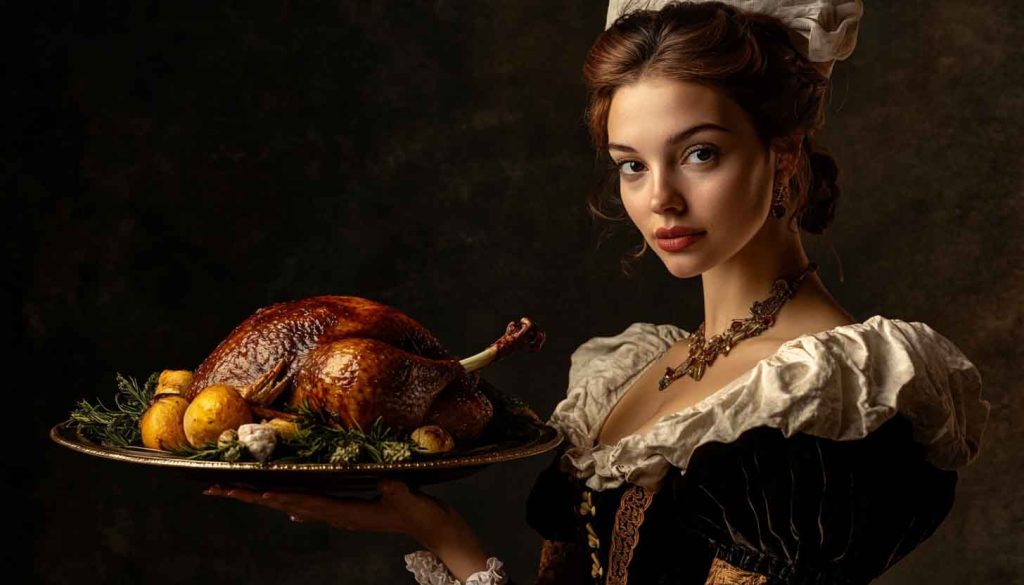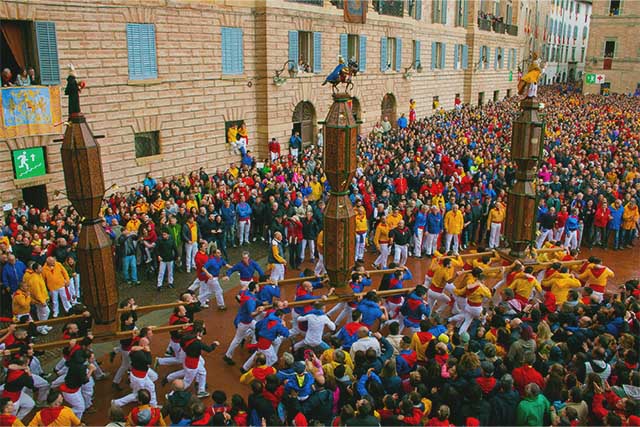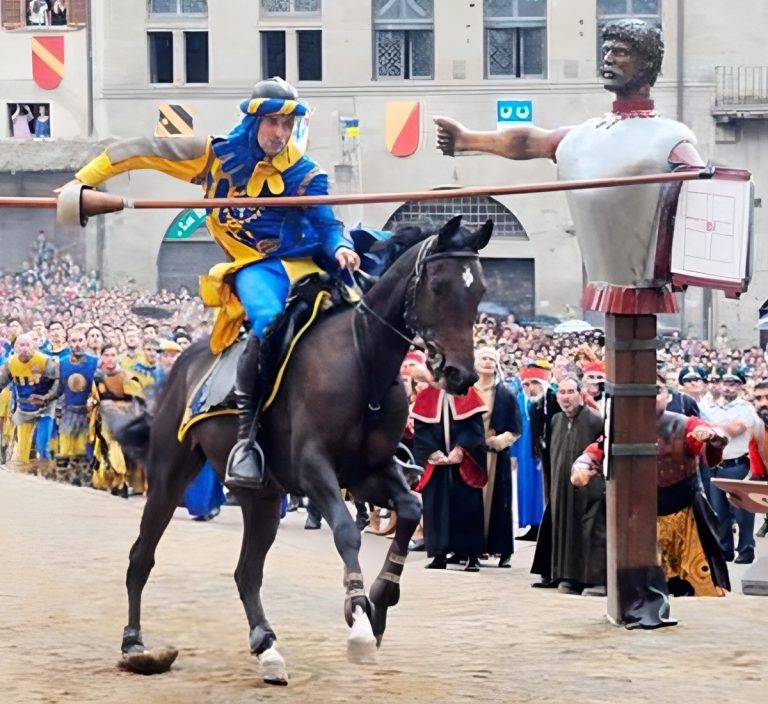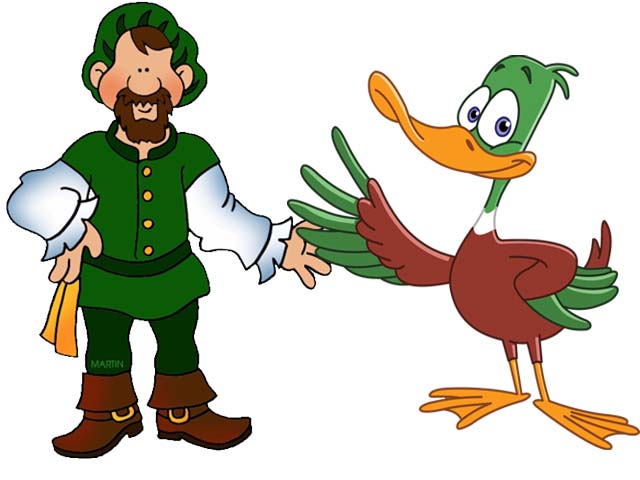
Il curioso legame tra Vasari e la nana arrosto
The Curious Connection Between Vasari and a Duck
Indizi culinari nei dipinti di Vasari
Culinary clues in Vasari’s paintings
L’altro giorno ho letto un articolo su Arezzonotizie.it intitolato: “La nana arrosto: una ricetta scritta nel DNA degli aretini e immortalata da Giorgio Vasari.”
The other day, I read an article on Arezzonotizie.it titled: “Roast duck: a recipe written in the DNA of the people of Arezzo and immortalized by Giorgio Vasari.”

Giorgio Vasari e la cucina aretina
Giorgio Vasari and Arezzo’s culinary traditions
Mi ha incuriosito è stata l’idea che Giorgio Vasari, un importante pittore del Cinquecento nato ad Arezzo e autore di un libro in cui parlò di Michelangelo, Leonardo e Donatello, avesse immortalato un piatto tipico aretino. (Se ricordate, ho scritto un articolo precedente su Vasari, il primo storico dell’arte).
I was intrigued by the idea that Giorgio Vasari, an important 16th-century painter born in Arezzo and the author of a book discussing Michelangelo, Leonardo, and Donatello, had immortalized a typical dish from Arezzo. (If you recall, I previously wrote an article about Vasari, the first art historian.)
“Ciò che mangiava Giorgio Vasari è un mistero. A differenza di altri suoi contemporanei, che hanno lasciato ampia documentazione su piatti e prelibatezze che prediligevano, lui non lo fece. O forse non lo fece direttamente.”
“What Giorgio Vasari ate is a mystery. Unlike his contemporaries, who left ample documentation about their favorite dishes and delicacies, he didn’t. Or perhaps he didn’t do so directly.”
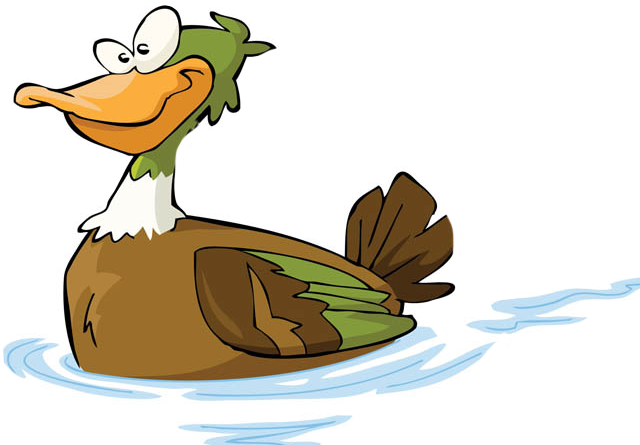
Curiosità sulla parola “nana”
Fun fact about the word “nana”
“Nana” è dialetto aretino per anatra
“Nana” is the Aretino dialect for DUCK.“Nana” is the Aretino dialect for DUCK.
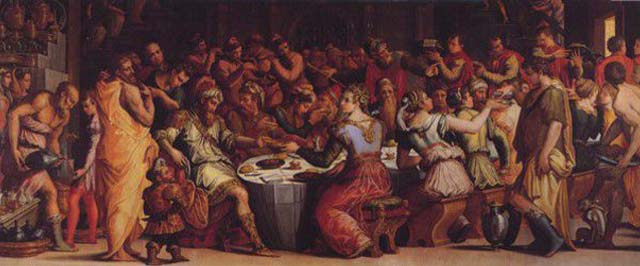
Indizi culinari nei dipinti di Vasari
Culinary clues in Vasari’s paintings
È risaputo che ad Arezzo l’anatra era un piatto pregiato, già apprezzato nel XVI secolo. Veniva consumata dalle classi sociali più agiate e cotta con spezie per migliorarne il sapore.
It is known that in Arezzo, duck was considered a fine dish as early as the 16th century. It was enjoyed by the wealthier classes and cooked with spices to enhance its flavor.
Gli indizi che Vasari mangiasse questo piatto si trovano in un famoso dipinto, “Convito per le nozze di Ester e Assuero” (Convito = banchetto), realizzato dall’artista nel 1548. Oggi, il dipinto si trova nella Galleria d’Arte Medievale e Moderna di Arezzo. In questa rappresentazione del banchetto nuziale biblico, si vede una tavola imbandita di prelibatezze, tra cui carne servita con vino e pane, che sembra ricordare il piatto prediletto dagli aretini: l’anatra.
Clues suggesting Vasari enjoyed this dish can be found in a famous painting, “The Feast for the Wedding of Esther and Ahasuerus”, painted by the artist in 1548. Today, the painting is housed in the Gallery of Medieval and Modern Art in Arezzo. In this depiction of a biblical wedding banquet, the table is laden with delicacies, including meat served with wine and bread, resembling the duck dish favored by Aretini.
Curiosità sulla parola “convito”
Fun fact about the word “convito”
“Convito” vuole dire banchetto.
“Convito” means banquet
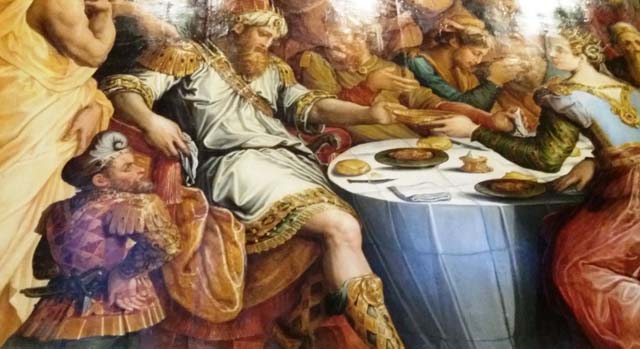
Essere storici dell’arte: un lavoro da detective
Being an art historian: a detective’s job
Come si può vedere, osservando attentamente i dipinti, si possono scoprire tante cose sulla storia e il passato: come si vestivano le persone, i gioielli che indossavano e perfino cosa mangiavano nei tempi antichi. Fare lo storico dell’arte è un po’ come fare il detective.
As you can see, by carefully examining paintings, you can learn so much about history and the past: how people dressed, the jewelry they wore, and even what they ate in ancient times. Being an art historian is a bit like being a detective.
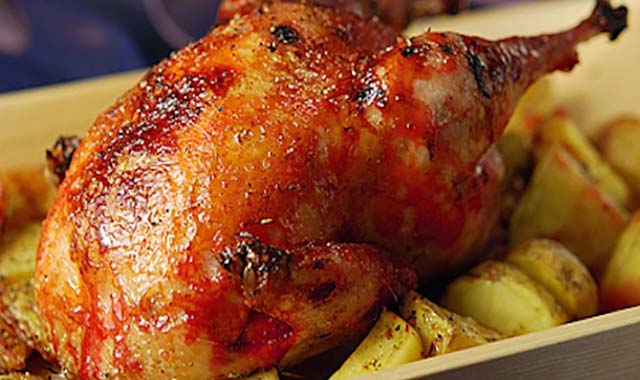
La ricetta della nana arrosto
The recipe for roast duck
L’anatra arrosto è facile da preparare e, secondo l’articolo, è perfetta per ogni stagione e per persone di ogni età. Richiede solo due ore di preparazione e può soddisfare sei persone. Il piatto, pensato come secondo, è ricco di sapore e allo stesso tempo molto delicato.
Roast duck is easy to prepare and, according to the article, is perfect for any season and for people of all ages. It requires only two hours to prepare and serves six. The dish, intended as a second course, is rich in flavor yet very delicate.
Ingredienti // Ingredients
1 anatra di grandezza media (circa 1,5 chilo)
2-3 rametti di rosmarino freschissimo
15-20 foglioline di salvia
spicci di aglio
semi di finocchio (q.b.)
1 bicchiere circa di vino bianco
1 medium-sized duck (about 3 pounds)
2-3 sprigs of fresh rosemary
15-20 sage leaves
garlic cloves
fennel seeds (as much as necessary)
1 glass of white wine
Preparazione // Preparation
Di solito l’anatra viene venduta già spennata e pulita, pronta per essere cucinata. Ma se non fosse il caso, ecco come prepararla.
Usually, the duck is sold plucked and cleaned, ready to cook. But if this isn’t the case, here’s how to prepare it.
Eliminate le piume. Lavate accuratamente l’anatra spennata, asciugatela e mettetela su un piano di lavoro. Tagliate vicino al petto ed estraete le interiora e il gozzo, eliminando il grasso in eccesso. Sciacquate bene e scolatela.
Remove the feathers. Carefully wash the plucked duck, dry it, and place it on a work surface. Cut near the breast and extract the innards and crop, removing excess fat. Rinse thoroughly and drain.
Mescolate un pizzico di semi di finocchio con sale e pepe macinato fresco. Tagliate due spicchi d’aglio a metà e copriteli con il mix. Fate piccole incisioni sulle cosce e alla base del petto e inserite gli spicchi d’aglio nelle fessure.
Mix a pinch of fennel seeds with salt and freshly ground pepper. Halve two garlic cloves and coat them with the mixture. Make small incisions in the thighs and at the base of the breast, inserting the garlic cloves into the slits.
Condite l’interno dell’anatra con sale, pepe, e un mazzetto di rametti di finocchio. Chiudete le aperture con stuzzicadenti, ungete leggermente l’anatra con olio e cospargetela di sale e pepe.
Season the inside of the duck with salt, pepper, and a small bunch of fennel sprigs. Close the openings with toothpicks, lightly oil the duck, and sprinkle it with salt and pepper.
Cuocete in forno preriscaldato a 200°C per circa un’ora e mezza. Dopo mezz’ora, girate l’anatra e bucherellate la pelle nei punti più spessi. Negli ultimi 10 minuti, alzate la temperatura per rendere la pelle croccante.
Bake in a preheated oven at 200°C (390°F) for about an hour and a half. After 30 minutes, turn the duck over and prick the thickest parts of the skin. In the last 10 minutes, raise the temperature to crisp the skin.
Al termine, lasciate riposare l’anatra nel forno spento per 10 minuti. Servitela calda, tagliata a pezzi, accompagnata da patate dorate.
Once cooked, let the duck rest in the turned-off oven for 10 minutes. Serve it hot, cut into pieces, accompanied by roasted potatoes.
